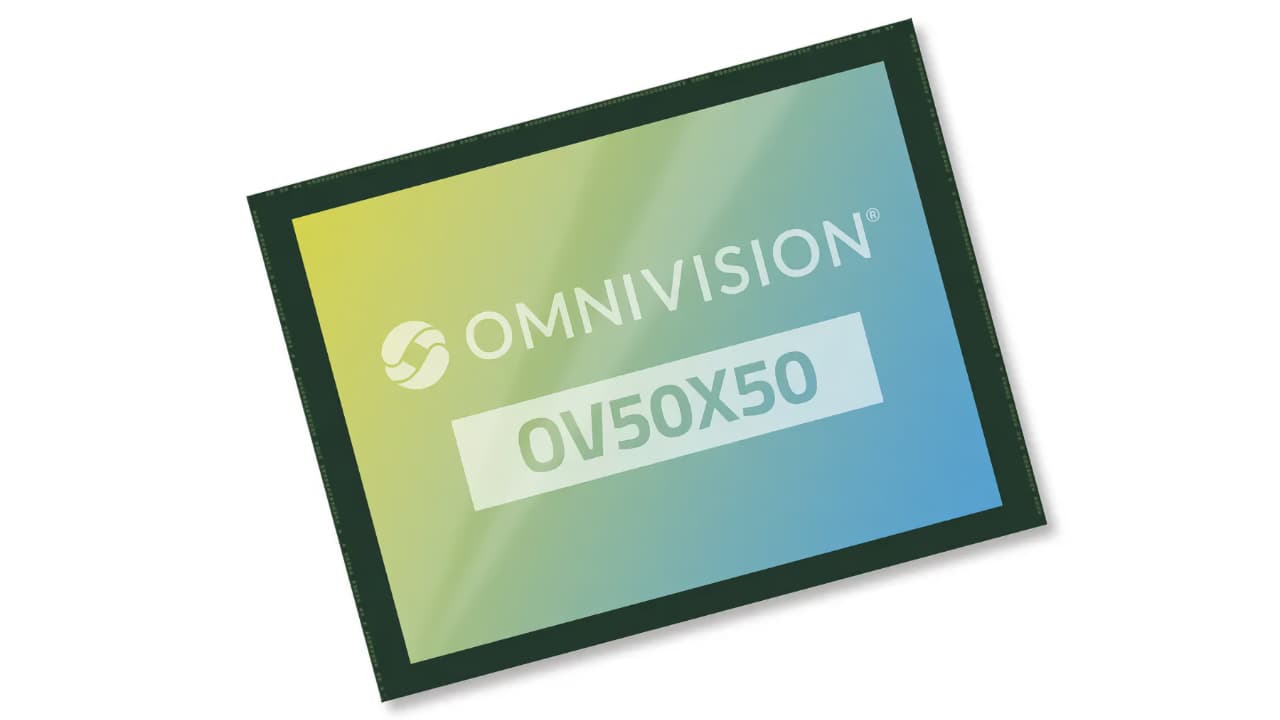
A new chip from OmniVision, the OV50X50, promises to deliver a huge overhaul to mobile cinematography on smartphones.
The OV50X50 CMOS image sensor is a bit of a beast. It's a 50‑megapixel (MP) sensor with a 1.6‑micron (µm) pixel in a 1‑inch optical format and is designed for flagship smartphones that require HDR video and preview with single exposure, excellent low-light performance, fast autofocus, and high frame rates.
Manufacturer OmniVision claims it will lead to 'movie-grade video capture' in smartphones, which is either a horse that has already bolted or something yet to be achieved depending on your view of current smartphone technology. Either way it has some impressive specs.
It supports 4‑cell binning for 12.5MP at 180 frames per second (fps) and 60 fps with three-channel HDR. It offers premium-quality 8K video with dual analog gain (DAG) HDR and on‑sensor crop zoom. Perhaps more to the point, the company's TheiaCel technology further expands single exposure HDR close to 110 dB, which the company says is the highest range possible in smartphones.
To convert that into terms more familiar to our industry, that translates as a dynamic range of over 18 stops, which is potentially enough to be game-changing. The sensor also supports quad phase detection (QPD) for best-in-class autofocus performance.
Much smartphone imaging development recently has been focused on AI improvements rather than taking on the technical challenges of more capable image processing and its associated power drain and thermal load issues. The OV50X50 is sampling now and will be in mass production in Q3 2025, so if its managed to make sure those twin concerns are not a problem, it's reasonable to expect to see it start appearing in phones released at the tail end of the year.
Tags: Production mobile filmmaking


Comments